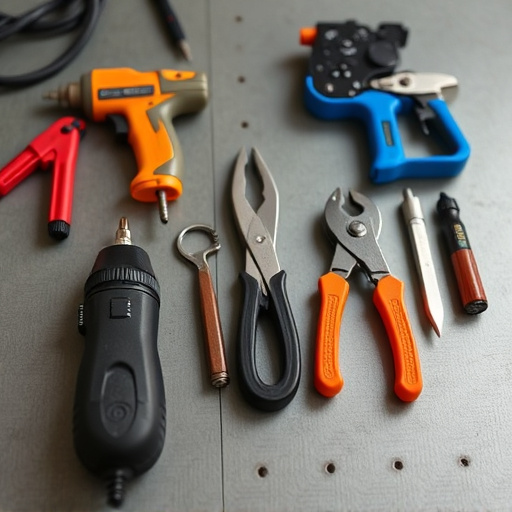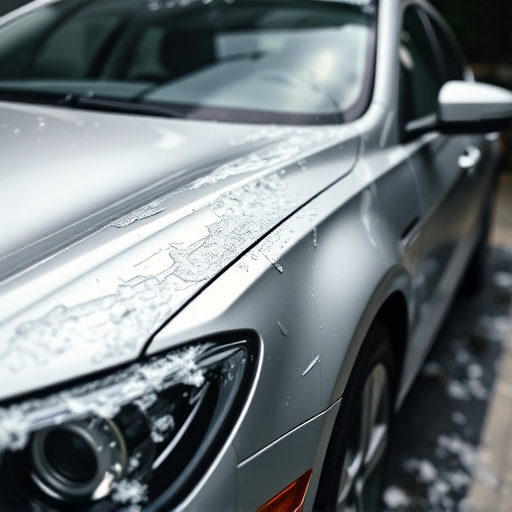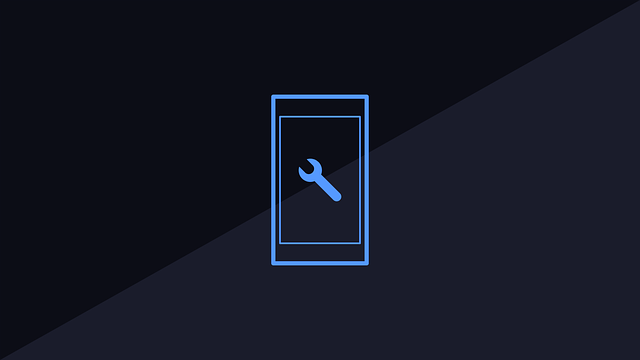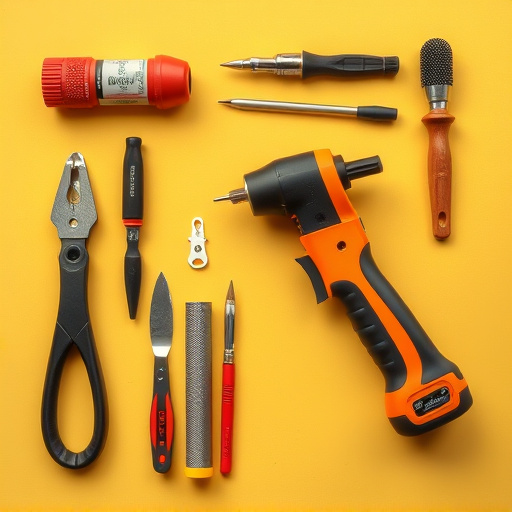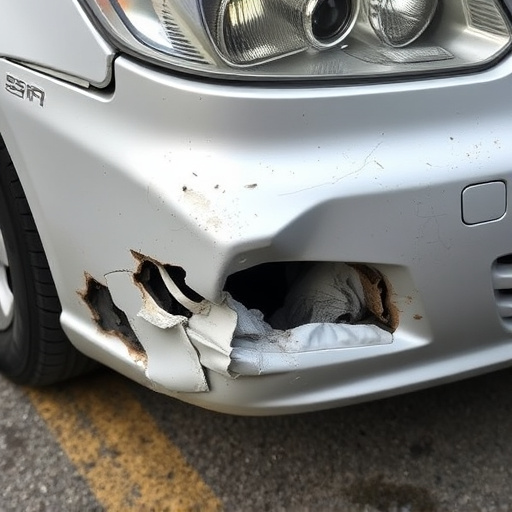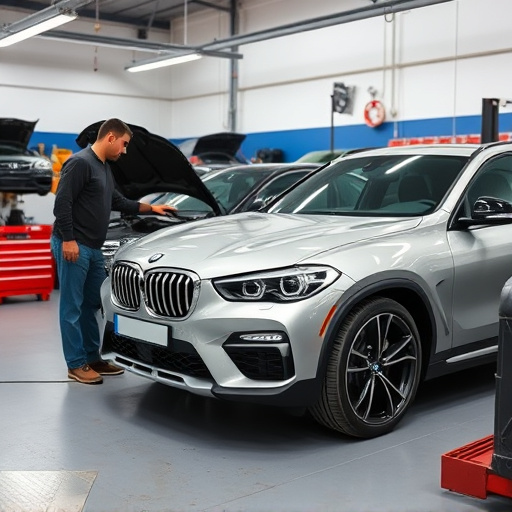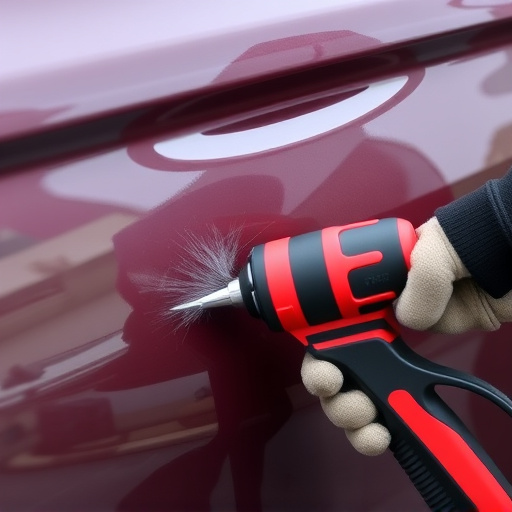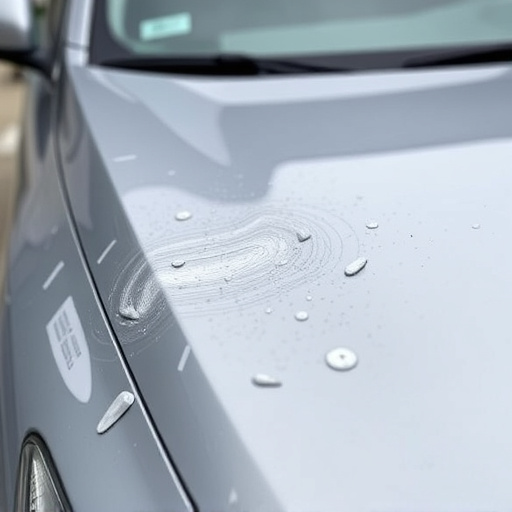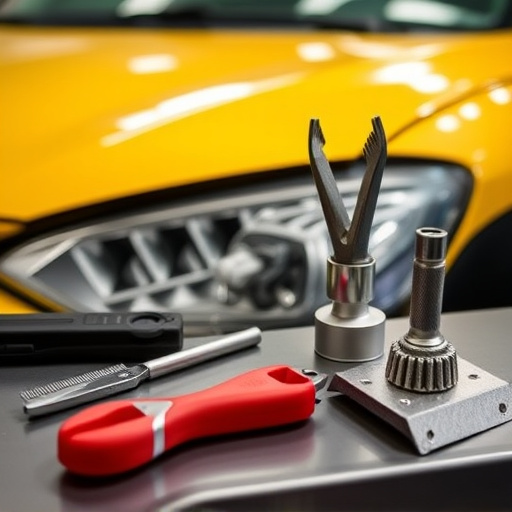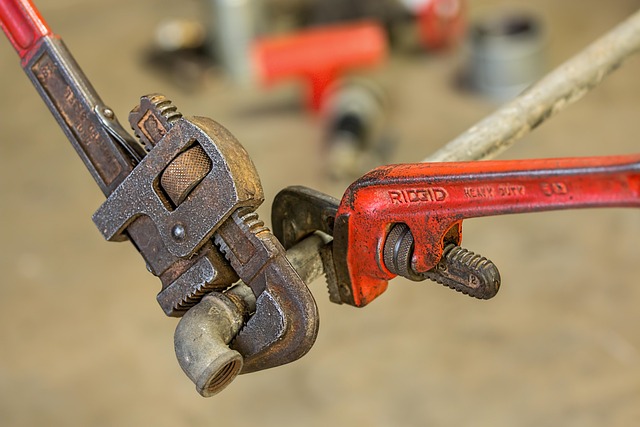Frame rail replacement requires understanding and adhering to regional legal requirements for auto safety and integrity. Shops and enthusiasts must comply with specific standards, permits, and inspections to avoid legal issues and preserve vehicle value. Best practices include rigorous record-keeping, using specialized equipment, and welcoming regulatory audits.
“Frame rail replacement is a critical aspect of automotive maintenance, offering both aesthetic and safety benefits. This comprehensive guide delves into the essential elements of successful frame rail replacement, focusing on understanding specific requirements, navigating legal considerations, and adhering to industry best practices.
From identifying compatible parts to ensuring compliance with regional regulations, this article equips readers with vital knowledge for completing frame rail replacement projects while maintaining legal integrity.”
- Understanding Frame Rail Requirements
- Legal Considerations for Replacement
- Compliance Checks and Best Practices
Understanding Frame Rail Requirements
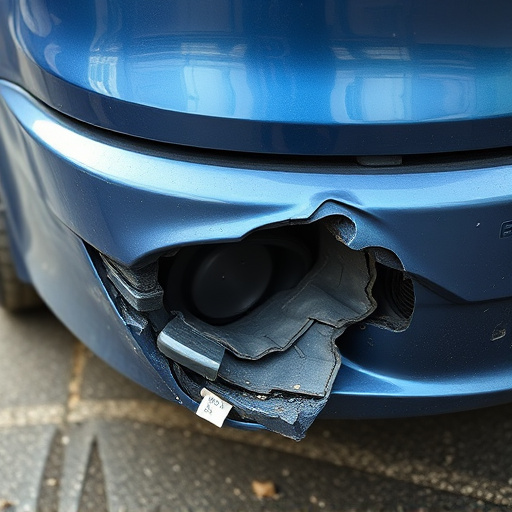
When considering a frame rail replacement, understanding the legal requirements is paramount for any auto repair shop or enthusiast engaging in automotive restoration. These regulations are designed to ensure vehicle safety and structural integrity, which are crucial aspects of auto maintenance. Each region has its own set of standards dictating the acceptable methods and materials for frame rail replacement, encompassing both functional and aesthetic considerations.
Auto enthusiasts must familiarize themselves with these rules, especially when dealing with classic or vintage vehicles. Adhering to the prescribed guidelines not only ensures the longevity and value of restored cars but also prevents any legal hurdles during future sales or inspections. Proper compliance is a cornerstone of responsible auto repair practices, facilitating a seamless transition between old and new components in the intricate process of frame rail replacement.
Legal Considerations for Replacement
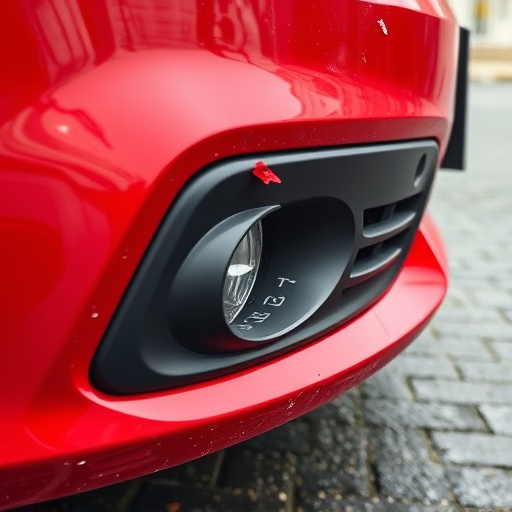
When undertaking a frame rail replacement, whether for a car restoration or as part of an auto body repair, it’s crucial to consider the legal implications and compliance requirements. Each jurisdiction has specific regulations regarding structural integrity and safety standards that must be met. These standards are in place to ensure that vehicles on the road remain safe and reliable, protecting both drivers and pedestrians.
Frame rail replacement, as a significant modification, requires careful navigation of these legal considerations. Auto body repair shops must ensure that any replacement parts or techniques used comply with local laws and industry standards. This may involve obtaining permits, adhering to specific guidelines for structural repairs, and even undergoing inspections to verify the work’s quality and safety. Car restoration enthusiasts should also be aware of these legal obligations, as they can vary depending on the year and make of the vehicle and the region in which the repair or modification is being performed.
Compliance Checks and Best Practices

When undertaking frame rail replacement, adhering to legal compliance requirements is paramount. Auto body shops and car repair shops must conduct thorough compliance checks to ensure their operations align with industry standards and regulations. This involves verifying that all materials used meet safety standards, checking for proper disposal of hazardous waste generated during the process, and ensuring the training and certification of staff handling these critical tasks.
Best practices in frame rail replacement include maintaining meticulous records of every step of the process, from initial inspection to final retesting. Utilizing specialized equipment designed for precise measurements and adjustments is crucial. Regular audits by relevant authorities should be welcomed as opportunities to demonstrate compliance and identify areas for improvement. By following these best practices, auto maintenance facilities can not only meet legal requirements but also enhance customer satisfaction and maintain a positive reputation within the industry.
When undertaking a frame rail replacement, it’s crucial to balance technical expertise with legal compliance. Understanding both the specific requirements for your region and best practices in the industry ensures a safe and lawful upgrade. By adhering to these guidelines, you’re not only maintaining legal integrity but also enhancing vehicle safety through proper frame rail replacement procedures.

